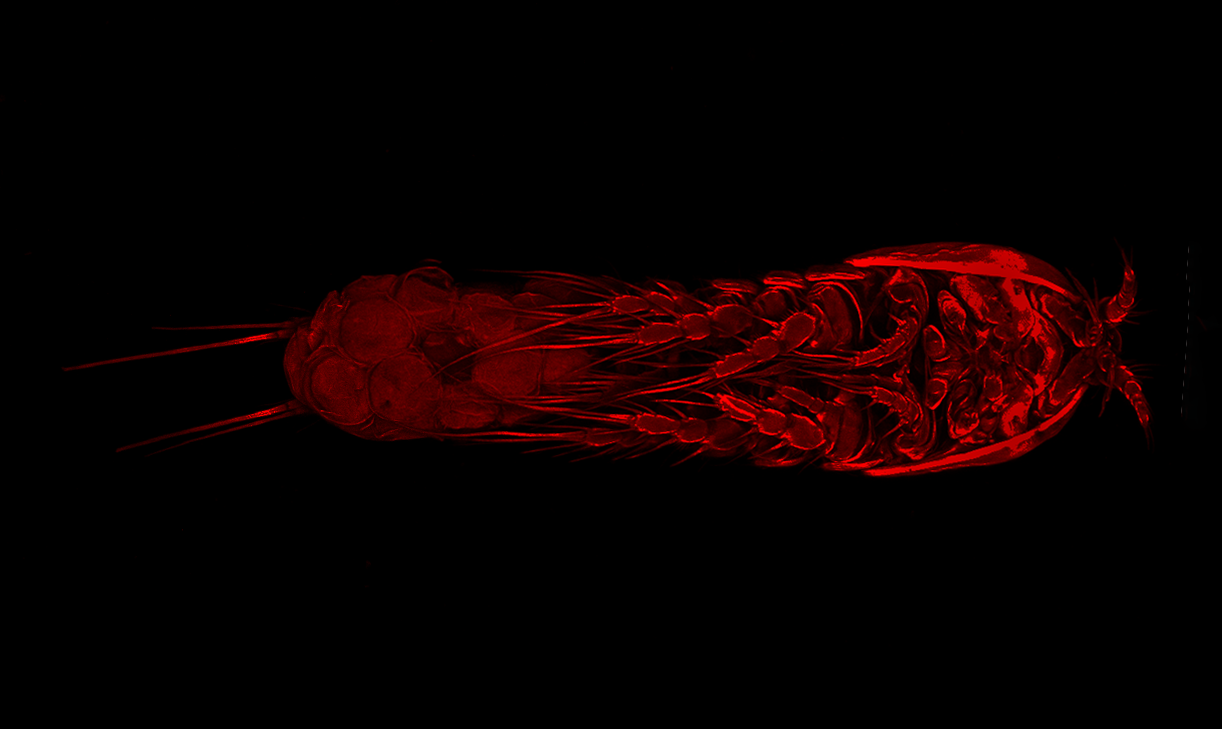Cletocamptus dominicanus

Taxonomy:
Eukaryota; Opisthokonta; Metazoa; Eumetazoa; Bilateria; Protostomia; Ecdysozoa; Panarthropoda; Arthropoda; Mandibulata; Pancrustacea; Crustacea; Multicrustacea; Hexanauplia; Copepoda; Neocopepoda; Podoplea; Harpacticoida; Cletodidae; Cletocamptus; dominicanus
General info
Cletocamptus dominicanus Kiefer, 1934 Members of genus Cletocamptus Schmankewitsch 1875 (Crustacea, Copepoda, Harpacticoida: Canthocamptidae) are found throughout the world, most commonly in estuaries and coastal lagoons (Gómez, Gerber, & Fuentes-Reinés, 2017). Some members of Cletocamptus possess regulatory mechanisms that allow them to tolerate and thrive in a wide range of salinities (Anufriieva, 2015; Shadrin & Anufriieva, 2013). Ocurring as the most abundant harpacticoid copepods inhabiting Caribbean coastal saline lagoons (Gómez et al., 2017). Cletocamptus dominicanus occur at extremely high densities in salinities of up to 105 ‰ (salinity ranges from 36-106‰) (Gómez et al., 2017). In fact C. dominicanus is the most abundant metazoan organism on the sediments of the Salinas of Cabo Rojo National Wildlife Refuge (Puerto Rico). C. dominucanus can also be found in other coastal regions of the Caribbean, including Trinidad and Tobago, British Virgin Islands, US Virgin Islands, Bahamas, Dominican Republic, and Colombia (Gomez et al. 2017). Considering C. dominicanus adaptations to high salinities and frequent osmotic changes caused by frequent flooding of coastal lagoons, this species has the potential to function as a model organism in climate change and adaptation research.